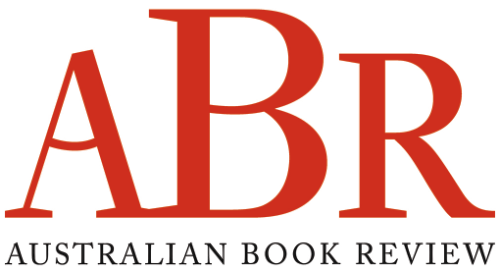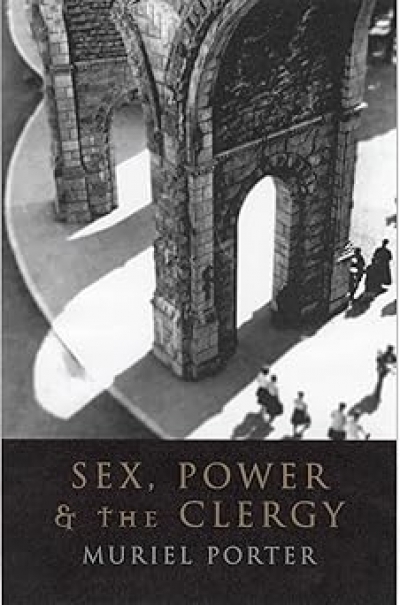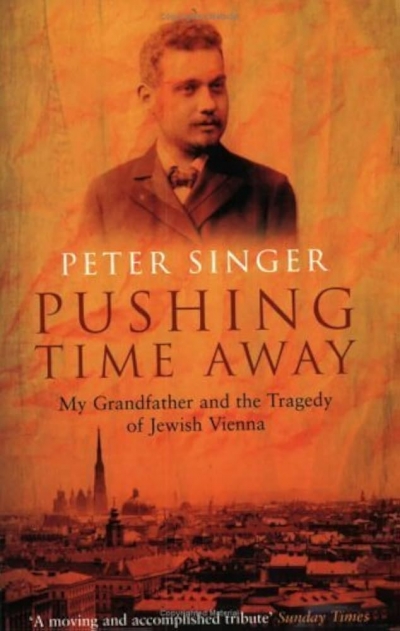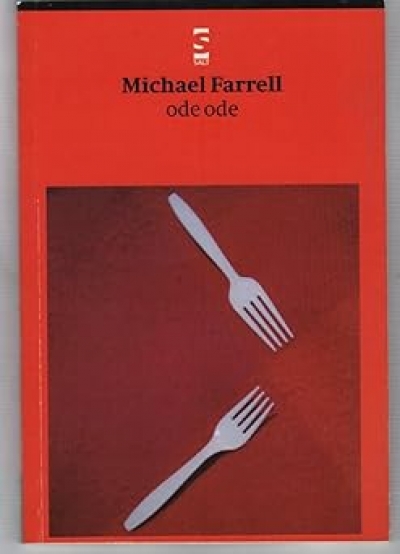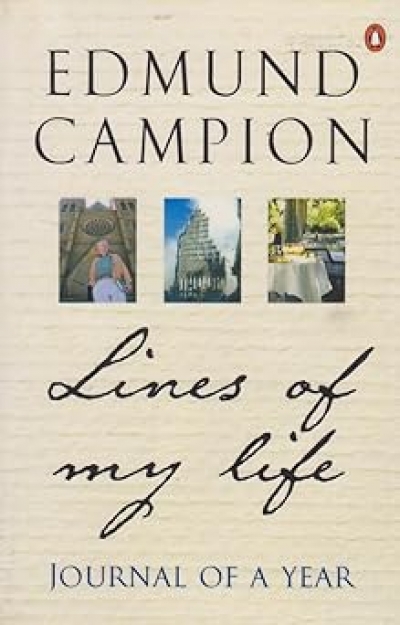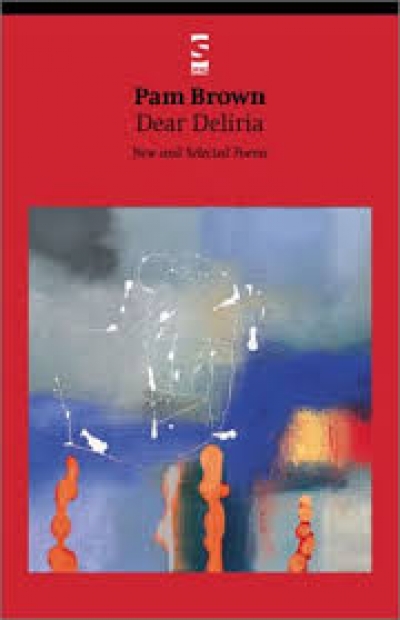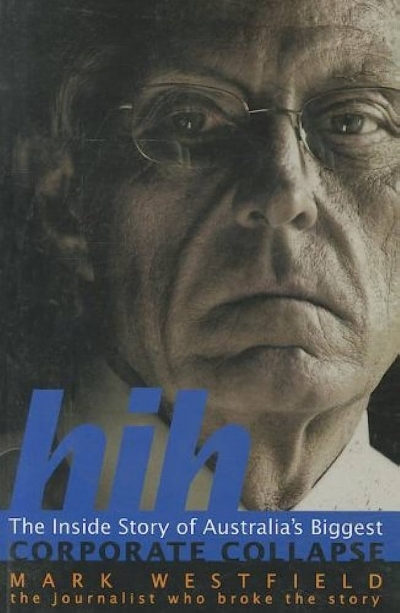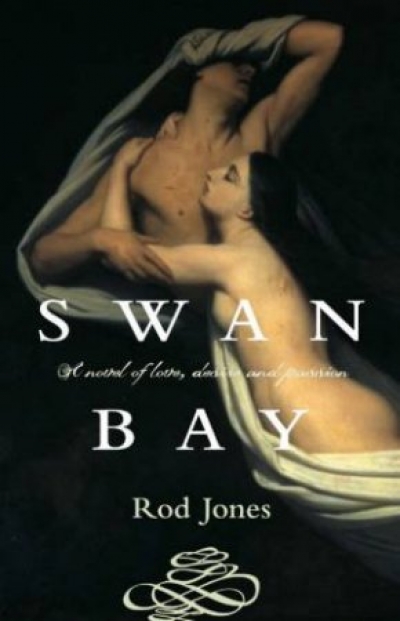It’s easy to see why Michael Farrell already has something of a reputation as a stylist, though this is his first collection. Inventive, sharp-witted, entertaining and meticulously made, the poems in ode ode offer a lower-case, unpunctuated take on style (‘i perforce have metamorphosed / more than once for a ball at short / notice’) in which style is energised, orchestrated substance.
The untitled, undated first section of the book, consisting of a series of poems called ‘codas’, begins with the explanation that ‘this is cinema made by people / shuffling in gumboots’. Cinema is wonderfully evoked here in poems that are themselves fast-moving, flickering montages, in which ‘time doesnt / just move forward not even the / past’. Scenes and characters, perhaps from films the poet is watching ‘in the mainstream in the arthouse’, slide into one another (‘the boys ugliness becomes / magnificent his screwy behaviour / erases alan bates from the mind’), or cut suddenly to others. Spliced-up scenery and partial sentences are rudely interrupted by utterance-fragments, lines get broken mid-word (‘julia ro / berts robot’), the sense and syntax take a turn for the unpredictable, and we start bumping into cinema’s roles ‘off / screen’ – as public outing (‘just stop me at the festival / a couple of fingers on my / wrist the word drink with a / rising tone’), private world (‘more red more / white i yell from my closeup’), social production (‘a collective / cry from all our hearts’), or confidence trick (‘per / haps his last laugh on holly / wood hmmm what do you think’). But ‘cinema’ is also a metaphor (‘reels / lives its all any of us have’) whose star if you like, or anti-hero, is the lower-case, dotted but unpunctuated first person: ‘this is a movie of the day i was / born the horses are actors all.’
...
(read more)
